Build API Connectors in Minutes, Not Weeks with Gravity by Innovaccer

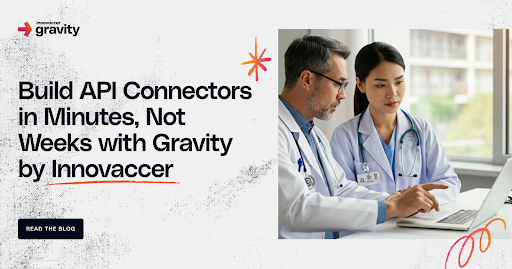
The Hidden Cost of API Integration
At the root of this inefficiency is the mismatch in complexity between API documentation and functional code. Enterprise customers often interact with third-party API ecosystems comprising hundreds of endpoints, complex authentication models, and interdependent data relationships, accompanied by documentation that does not precisely map these relationships. When engineering teams are on their own to "figure it out" by hand, the results are dire: API integration projects often take 40-60% longer than projected to deliver, valuable engineers spend a lot of time in repetitive integration work, hurriedly deployed integrations result in fragile code, and manual orchestration causes data inconsistencies. In healthcare alone, the problem is that much greater. APIs are the lifeblood of contemporary healthcare, linking EHRs to CRMs, RCM systems to VBC platforms, and lab systems to billing systems. Healthcare teams struggle to manually process esoteric API documentation, authoring orchestration logic by hand, working with numerous endpoint variations, dealing with FHIR and proprietary formats, and flying blind with no execution visibility.
An AI-Enabled API Orchestration Framework
After experiencing this pain across dozens of projects, we built an AI-powered framework that handles the heavy lifting of API integration. This isn't just another code generator that creates more problems than it solves. It's a comprehensive orchestration system that actually reads and understands API docs, maps endpoint relationships that documentation never explains, figures out authentication flows, suggests the right endpoints based on your data needs, generates production-ready code, and tests everything automatically. The real magic? You can have an actual conversation about what you're trying to build.
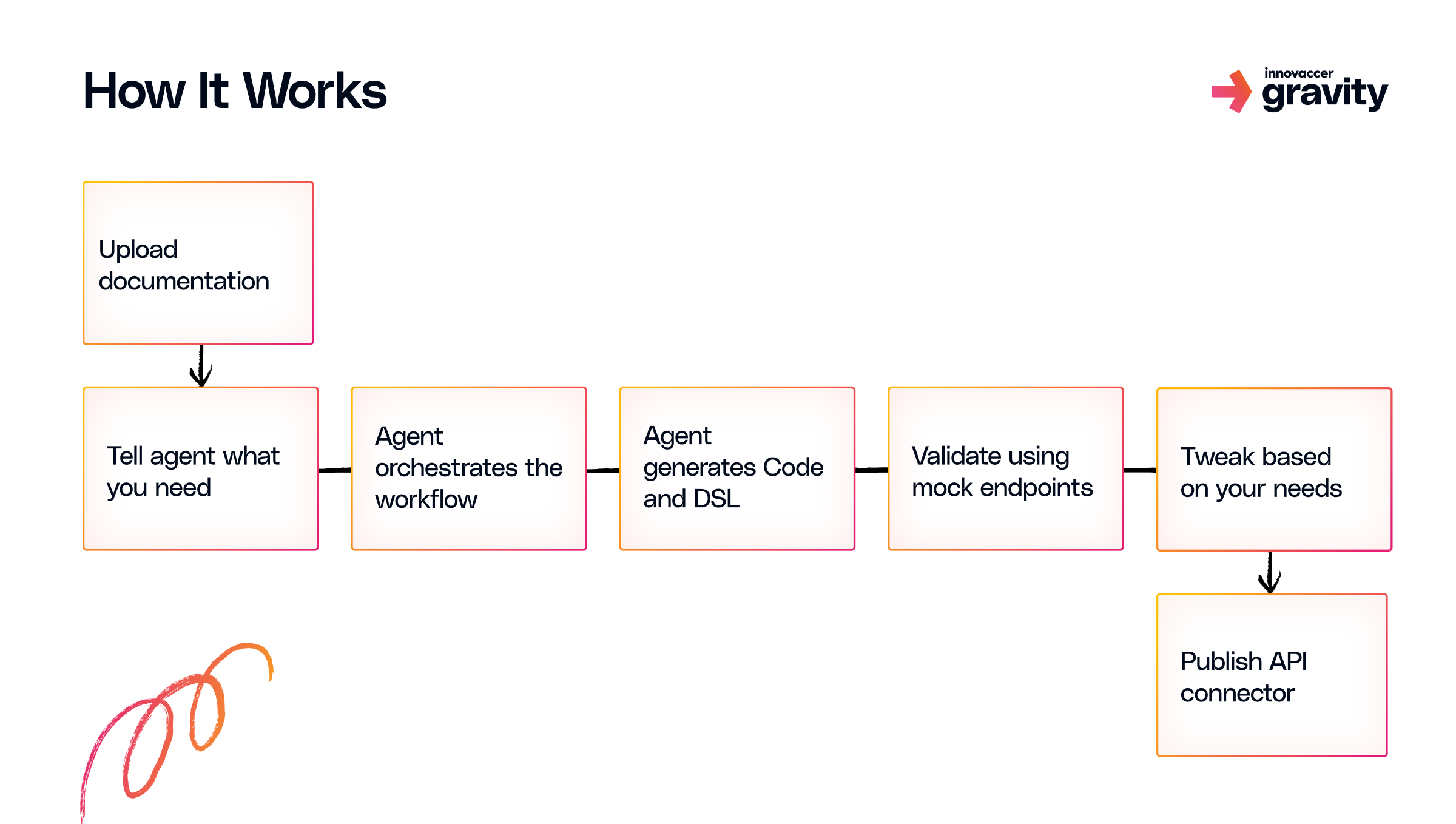
Upload documentation and forget the headache.
Throw any API documentation at it (Swagger, OpenAPI, even outdated PDFs). The system extracts what matters and ignores the fluff.
Have a conversation about your needs.
Tell the AI agent what data you're after in plain language. "I need to pull encounters for all patients who visited the doctor in the last 3 months" is all it takes.
Let it figure out the hard parts.
The system maps which API calls depend on each other, handles pagination, determines authentication flows, and builds an orchestration plan.
Get code that actually works.
Whether you need Python for your existing stack or Liquid templates for no-code tooling, you get production-ready code with proper error handling.
Validate before you integrate.
The framework automatically runs your flow against mock endpoints, checking for data completeness and logical consistency.
Tweak through conversation.
Want changes? Just ask. "Can we add error retry logic?" or "Let's filter out records older than 30 days" is all it takes. Or simply take control, and do any tweaks/edits yourself!
Why This Actually Works
What makes this approach succeed where others have failed is the combination of deep API knowledge with conversational guidance. This isn't a generic solution. We've cut our teeth on healthcare's most complex API ecosystems. After connecting to 100+ EHR systems, claims clearing houses, and provider networks, we've embedded that specialized knowledge into our framework - so as to have a one of a kind API solution! Healthcare APIs are notoriously complex, often built on legacy systems with inconsistent standards. By training our system on these challenging integrations first, we've created a solution that can handle virtually any API. If it can navigate the labyrinth of healthcare data exchange, your custom API spec doesn't stand a chance.
Real-World Impact
This solution delivers 90% reduction in time-to-implementation for new API integrations, activates significant productivity improvement for engineers, is compliant with CMS Interoperability and FHIR R4 guidelines, and by design, eliminates common integration errors.
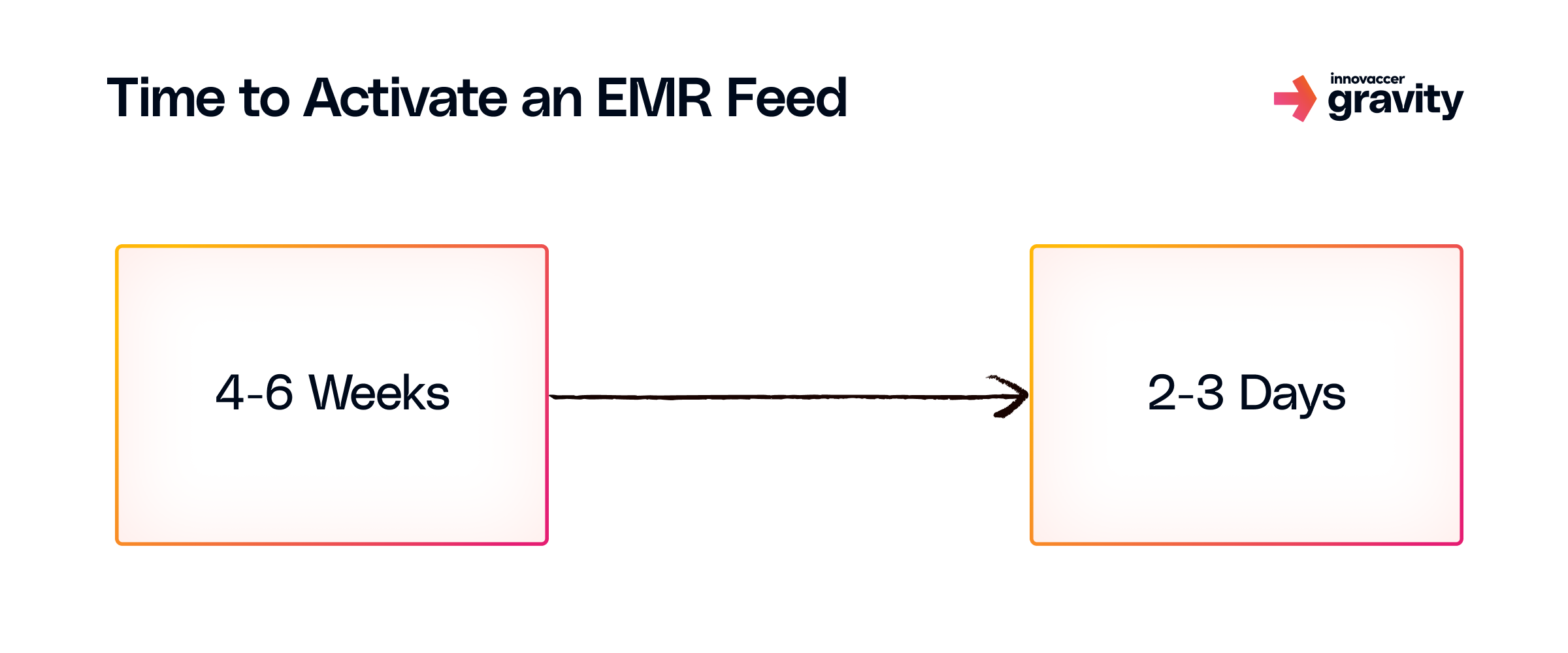
A New Integration Paradigm
What differentiates our solution is the non-disruptive integration of AI-fueled agentic flow with human intelligence. The system learns from every integration, gathering insight on shared patterns and best practices that enhance future recommendations. The future now is about empowering developers and allowing them to focus on imaginative and strategic tasks that matter. Our AI-powered API framework represents a paradigm shift in how teams approach data acquisition, transitioning from human, error-prone processes to smart, automated orchestration!

.png)




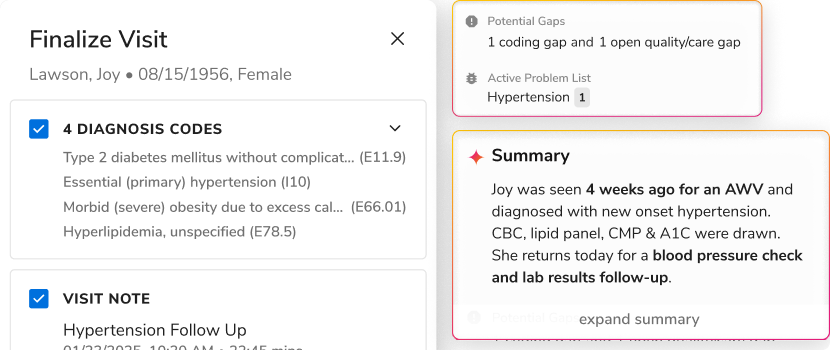
.png)

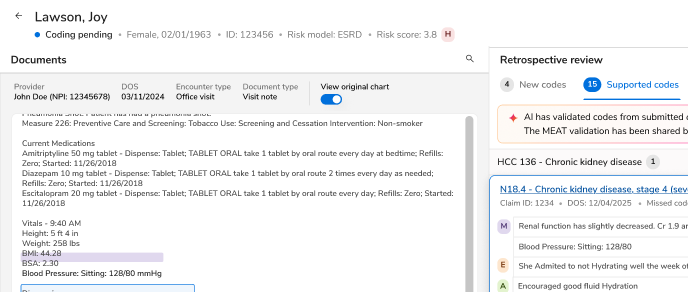
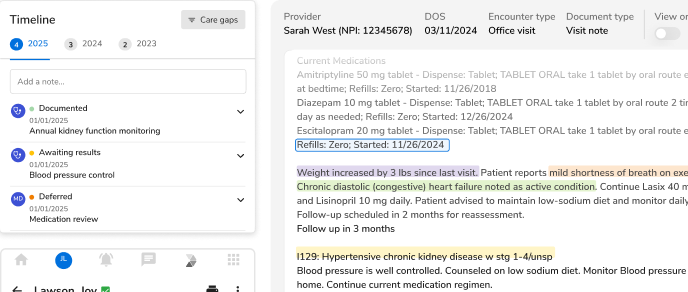
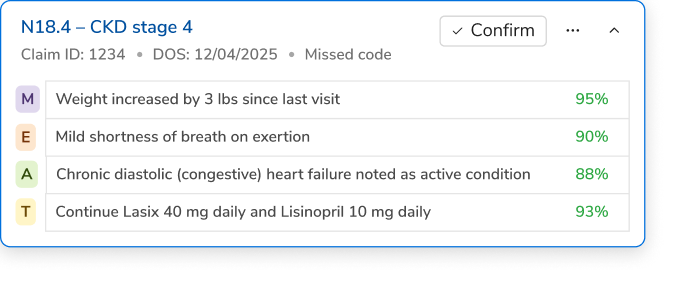





.svg)
.svg)

.svg)

